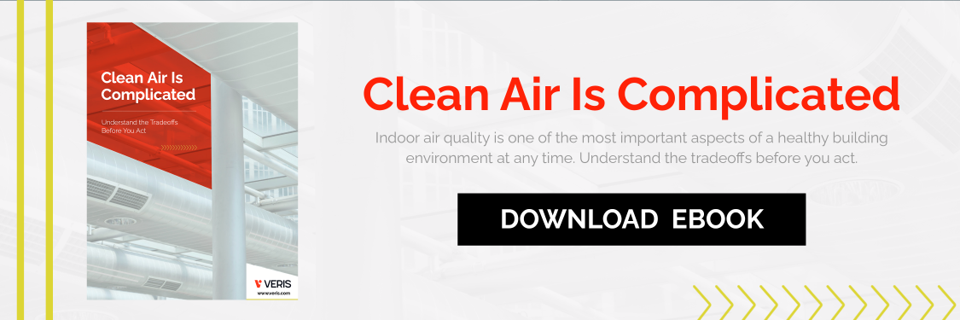The K-12 Education Stimulus, IAQ, and You
Posted on Tuesday Dec 07, 2021 at 10:22AM

Since the onset of the COVID-19 pandemic, the U.S. government has put $257.9 billion in education stimulus funding on the table for schools in need. Public and private K-12 school districts have the opportunity to apply for this financial support to assist in their recovery from the conditions brought on by the pandemic.
Addressing learning loss is a major focus of the education stimulus. However, funds can also be used for any projects or purposes that will help the schools to open (and remain open) while providing a safe learning environment for the staff and students.
But the funds won’t last forever — they’ll expire in 2023. The time to act is now.
What Uses Qualify For the Education Stimulus Money?
Better than 90% of the education stimulus funds are available for a wide range of qualified needs and left largely up to the local funding agency’s discretion. You could invest it in materials for immediate pandemic-related needs such as PPE, tests, sanitizer, plexiglass barriers, and the like. Physical goods aren’t the only possibility, though. Many services also qualify, such as mental health programs for students in families facing difficulties in the pandemic.
The American Rescue Plan’s contributions stipulate that at least 20% of the money should be dedicated to learning loss initiatives of some kind. The remainder can be used on any efforts that remedy the impacts of COVID and help to establish a safe and healthy learning environment.
Can I Use the Money to Improve IAQ and School HVAC Systems?
Yes. Many districts are making valuable investments in permanent upgrades to critical building systems that will improve indoor air quality in schools. IAQ monitoring technologies and HVAC system improvements are a critical component of a healthy school building and a worthy investment. For example, the education stimulus funds are eligible for use on:
- Filtration, ventilation, purification, and other air cleaning systems
- Inspections, testing, maintenance, repair, and replacement of aging building controls and HVAC systems
- Technologies related to temperature scanning, occupancy counting, access control, and security systems
- Energy performance contracting and modernization services that increase financial flexibility for upgrades
- Any other improvements that enable operation of schools to reduce risk of virus transmission and exposure to environmental health hazards, and to support student health needs
The ARP specifically describes “upgrade projects to improve the indoor air quality in school facilities” as a valid use of the education stimulus, including HVAC systems and building control systems. As an added benefit, the downstream savings from HVAC efficiency improvements will free up funding for future projects.
How Do I Get Started With the K-12 Education Stimulus Funds?
The ESSER funding processes will vary by state — it’s the states that deliver the funds to individual districts and schools, according to the locally determined processes. Reach out to your local state education department for guidance, or explore the rationale behind the allocations here or the state-level allocations here.
It’s important to get started as soon as possible, since there is a limited window of opportunity and there will be a lot of districts vying for funds. As experts in indoor air quality for schools, the team at Veris would be happy to help you design a solution to improve IAQ, modernize your facilities, and secure education stimulus funding. Contact us today to navigate the complex stimulus requirements and start designing the perfect custom solution immediately.

